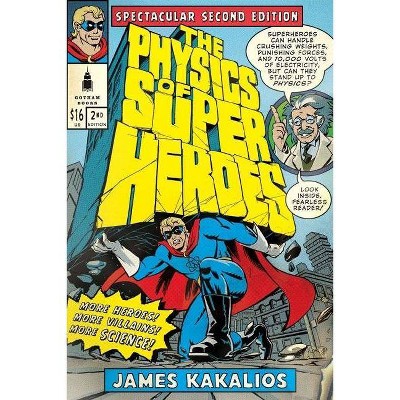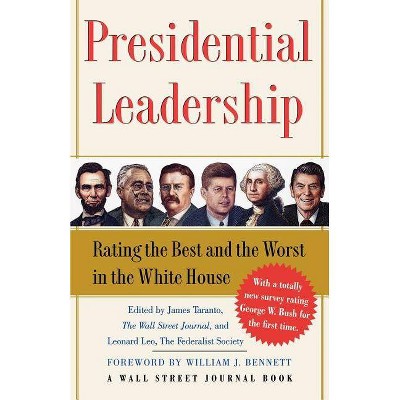The Physics of Wall Street - by James Owen Weatherall (Paperback)

Similar Products
Products of same category from the store
AllProduct info
<p/><br></br><p><b> About the Book </b></p></br></br><p>A young scholar tells the story of the physicists and mathematicians who created the models that have become the basis of modern finance and argues that these models are the <i>solution</i> to--not the source of--our current economic woes.<p/><br></br><p><b> Book Synopsis </b></p></br></br>"Weatherall probes an epochal shift in financial strategizing with lucidity, explaining how it occurred and what it means for modern finance."--Peter Galison, author of <i>Einstein's Clocks, Poincare's Maps</i> <p/>After the economic meltdown of 2008, many pundits placed the blame on "complex financial instruments" and the physicists and mathematicians who dreamed them up. But how is it that physicists came to drive Wall Street? And were their ideas really the cause of the collapse? <br>In <i>The Physics of Wall Street</i>, the physicist James Weatherall answers both of these questions. He tells the story of how physicists first moved to finance, bringing science to bear on some of the thorniest problems in economics, from bubbles to options pricing. The problem isn't simply that economic models have limitations and can break down under certain conditions, but that at the time of the meltdown those models were in the hands of people who either didn't understand their purpose or didn't care. It was a catastrophic misuse of science. However, Weatherall argues that the solution is not to give up on the models but to make them better. Both persuasive and accessible, <i>The Physics of Wall Street</i> is riveting history that will change how we think about our economic future. <p/><p/><br></br><p><b> From the Back Cover </b></p></br></br>Weatherall probes an epochal shift in financial strategizing with lucidity, explaining how it occurred and what it means for modern finance. Peter Galison, author of <i>Einstein s Clocks, Poincare s Maps</i> <br>After the economic meltdown of 2008, many pundits placed the blame on complex financial instruments and the physicists and mathematicians who dreamed them up. But how is it that physicists came to drive Wall Street? And were their ideas really the cause of the collapse? <br>In <i>The Physics of Wall Street</i>, the physicist James Weatherall answers both of these questions. He tells the story of how physicists first moved to finance, bringing science to bear on some of the thorniest problems in economics, from bubbles to options pricing. The problem isn t simply that economic models have limitations and can break down under certain conditions, but that at the time of the meltdown those models were in the hands of people who either didn t understand their purpose or didn t care. It was a catastrophic misuse of science. However, Weatherall argues that the solution is not to give up on the models but to make them better. Both persuasive and accessible, <i>The Physics of Wall Street</i> is riveting history that will change how we think about our economic future.<br> An excellent new book. <i>Financial Times</i> <br>[AU PHOTO] JAMES OWEN WEATHERALL is a physicist, philosopher, and mathematician. He holds graduate degrees from Harvard, the Stevens Institute of Technology, and the University of California, Irvine, where he is presently an assistant professor of logic and philosophy of science. He has written for Slate and Scientific American. He lives in Irvine, California. <br>"<p/><br></br><p><b> Review Quotes </b></p></br></br><br>Fascinating history...Happily, the author has a gift for making complex concepts clear to lay readers. <i>Booklist</i></p>A lively account of physicists in finance...An enjoyable debut appropriate for both specialists and general readers. <i>Kirkus</i></p>Anyone interested in how markets work will appreciate this serious hypothesis. <i>Publishers Weekly</i><br><p/><br></br><p><b> About the Author </b></p></br></br>JAMES OWEN WEATHERALL is a physicist, philosopher, and mathematician. He holds graduate degrees from Harvard, the Stevens Institute of Technology, and the University of California, Irvine, where he is presently an assistant professor of logic and the philosophy of science. He has written for <i>Slate </i>and <i>Scientific American</i>.
Price History
Cheapest price in the interval: 8.99 on November 8, 2021
Most expensive price in the interval: 8.99 on December 20, 2021
Price Archive shows prices from various stores, lets you see history and find the cheapest. There is no actual sale on the website. For all support, inquiry and suggestion messages communication@pricearchive.us




















